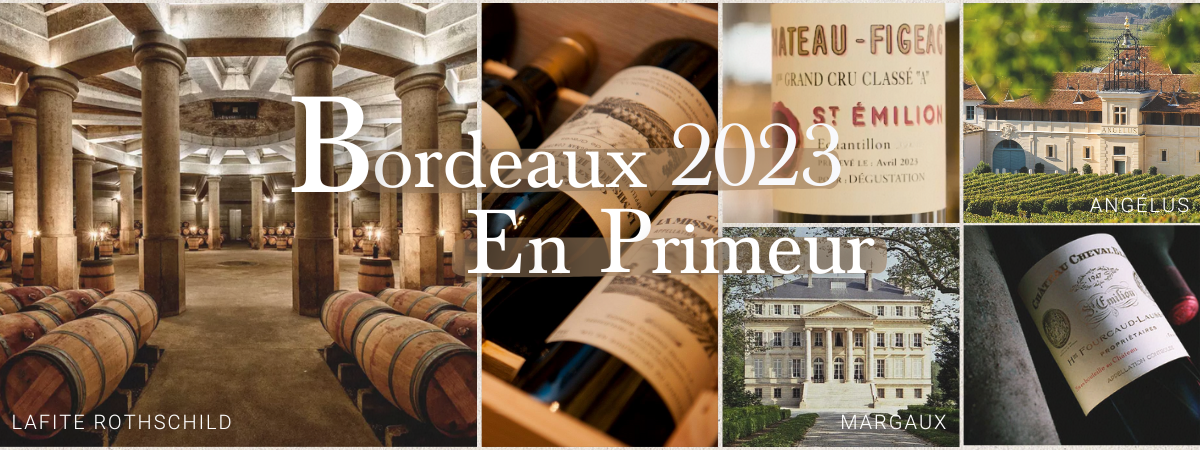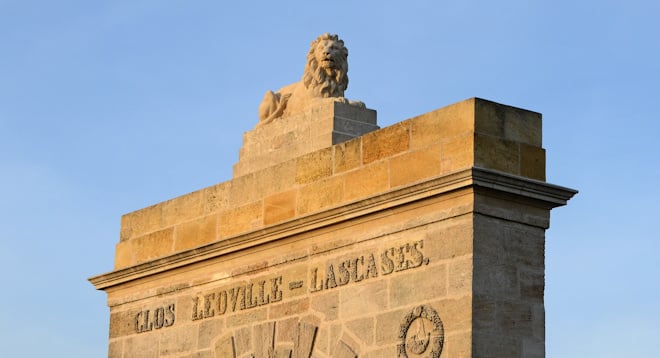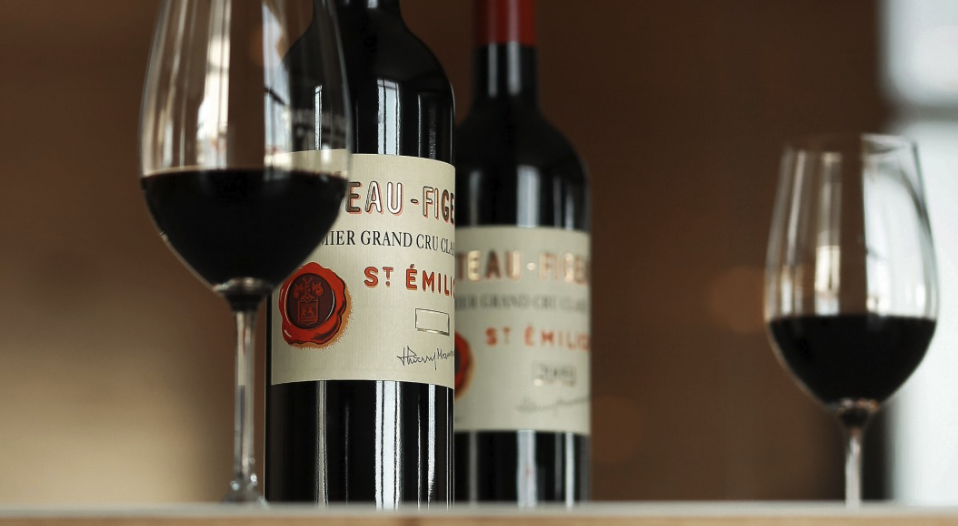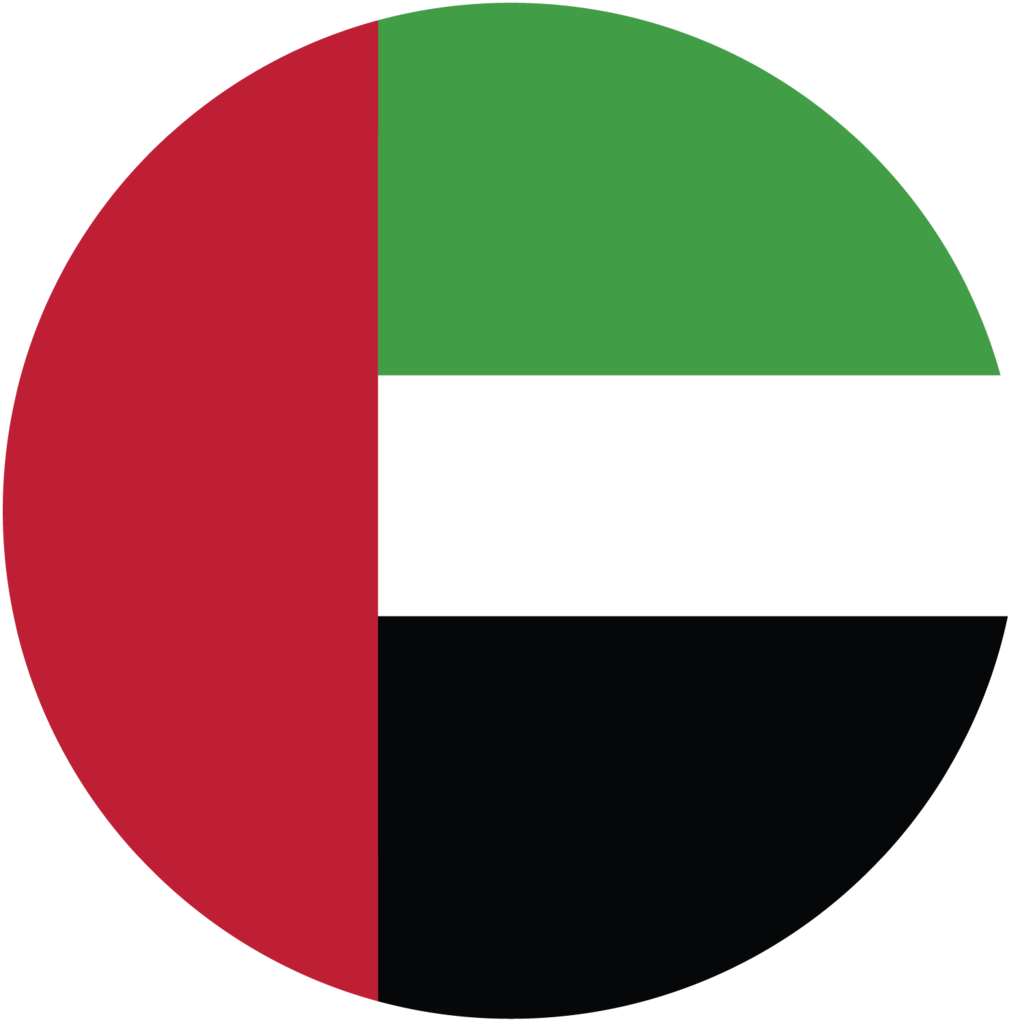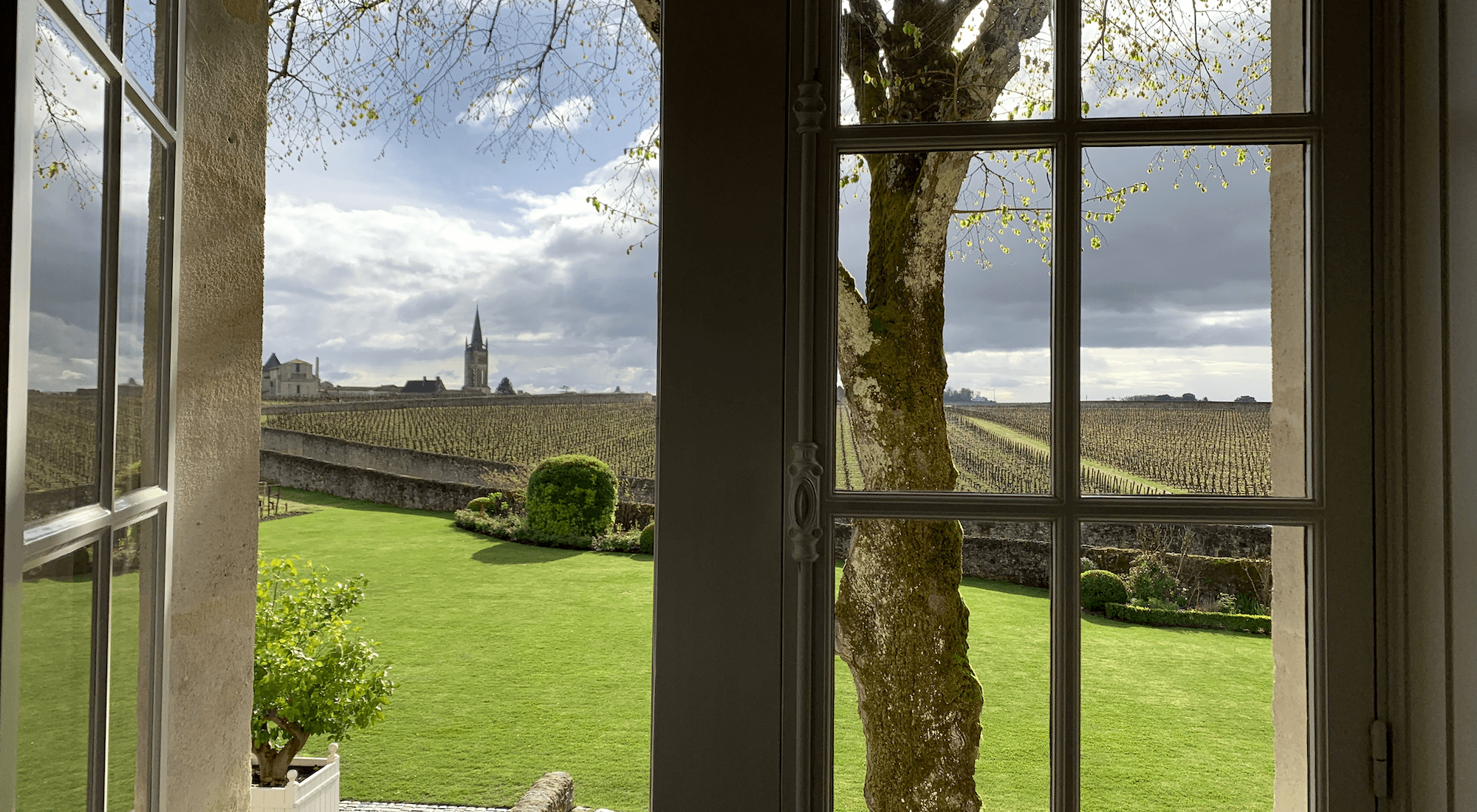

Bleary-eyed and half asleep, when we caught the 8:15 flight from Gatwick to Bordeaux for this year’s Primeurs week we came with no shortage of expectations, hopes and concerns for the 2018 vintage we were about to taste. This trip is something of a rite of passage for the entire wine trade, when merchants from around the world migrate to the Gironde in hopes of getting a taste of the elusive perfect vintage. Naturally many voices from within the region itself maintain that every year is the perfect vintage with varying degrees of hyperbole, availing themselves of any number of illusory devices from comets to sunspots to multiples of five.
_
“Where the Châteaux are on point the wines are truly incredible this vintage, and built for the long haul.”
_
Every year therefore it falls to us to sort the fact from the fiction, see where the truth has been stretched and where it is broken. One of the exhortations we heard early on regarding the vintage was that it was the best since 1961. Of course that immediately piques suspicion but the message was clear that the growers were confident they had a good vintage on their hands. After tasting hundreds of wines over five days, our assessment is as simple as it gets. Bordeaux is a big place and with so many wines there is always bound to be variation. The 2018 vintage is more heterogenous than the hype may have led us to believe, but where the Châteaux are on point the wines are truly incredible this vintage, and built for the long haul.
The growing season for Bordeaux 2018 presented a number of traits associated with “great vintages”, like 2009 and 2010, 2018 has huge levels of tannin, concentration and alcohol. This year the quality of execution came down to the decisions and idiosyncrasies of individual growers and those who picked at the right time. Leaving the fruit on the vines too long meant wines that were over-extracted and fierce, while those who timed it right were rewarded with elegant, fresh wines with tons of potential.
_
“Leaving the fruit on the vines too long meant wines that were over-extracted and fierce, while those who timed it right were rewarded with elegant, fresh wines with tons of potential.”
_
Saint-Emilion, while not homogenous, produced a number of wines that were surprisingly fresh and balanced as opposed to its usual tendency to produce massive alcoholic fruit bombs, making it the strongest appellation on the Right Bank. We found the most compelling wines to be from those estates that focus on balance and drinkability. Canon and the Vauthier stable (particularly Ausone) show just how refined Saint-Emilion can be. In Pomerol Vieux Chateau Certan, with their typical atypicality erring more towards Saint-Emilion in style, are perhaps the best in the region with an almost Burgundian sense of elegance and focus. Denis Durantou's stable is spectacular this year, leading with the Grand Vin L'Église Clinet right through the range to the fantastic value La Chenade.
_
Canon, Ausone, VCC, Cheval Blanc, L'Église Clinet
_
On the Left Bank it is a more complicated story, with both Pauillac and Saint-Estephe making a strong showing. Tasting at Calon-Segur, Montrose and Cos d’Estournel we found two things striking, first that the styles were each radically different, and second that the wines were radically awesome. Montrose behaved like Lafite with concentration, intensity and balance in a monolithic package, while Cos was more ethereal and terroir-driven (rather un Cos-like), Calon Segur is a bundle of expressive energy, exuding class. Even lower down the price ladder the appellation was on fine form. Capbern and Ormes de Pez were each beautiful 20+ year wines, and Lafon-Rochet continued its trend toward a more refined style.
_
Calon-Segur, Montrose, Cos d’Estournel, Capbern, Ormes de Pez, Lafon-Rochet
_
In Pauillac the First Growths were sublime with Lafite Rothschild the best of them all in our books. The darlig of the second growths, Pichon Longueville Comtesse de Lalande edged into the lead as our favourite for the appellation, and is a strong contender for wine of the vintatge. The second wine Reserve de la Comtesse is also a must-buy in 2018. The best wines in Pauillac showed a self-confidence that did not require over-extraction or reliance on power; they were balanced, focussed and refined, on the other side of the coin a number of normally impressive wines seemed to value extraction over finesse.
_
Lafite, Pontet Canet, Pichon Lalande, Reserve de la Comtesse
_
Saint Julien was consistent when it came to the favourites in the region, with Langoa Barton making a valiant effort. Always a well made wine and a well-priced wine to go the distance in the cellar, it was particularly impressive alongside stablemate Leoville-Barton. Leoville Las Cases is on level with the First Growths, producing a strong follow-up to the superlative 2016. Las Cases is leading the pack in 2018 as a wine of the vintage. Margaux was less compelling as a whole though there were a number of thrilling wines, with Palmer and Rauzan-Segla among the best. We were particularly impressed with how far Brane-Cantenac has come over the years and see it as a very worthy buy this year.
_
Langoa Barton, Leoville Las Cases, Palmer, Rauzan-Segla, Brane-Cantenac
_
In short the vintage we tasted wasn’t the monolithically great vintage we were told to expect, instead there are some very good wines, and in some instances outstanding wines with the potential to be the best yet. The ideal harvest conditions opened up the canvas to the Chateaux to convey their identity in 2018. This year the region offers room for interpretation and personal tastes, from power and structure to more elegant and refined styles. As the releases start to appear over the coming months we will help navigate which wines we think are genuinely worth the price. Fingers crossed that the Chateaux price their wines sensibly!












